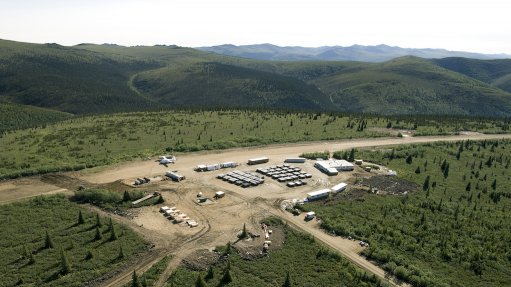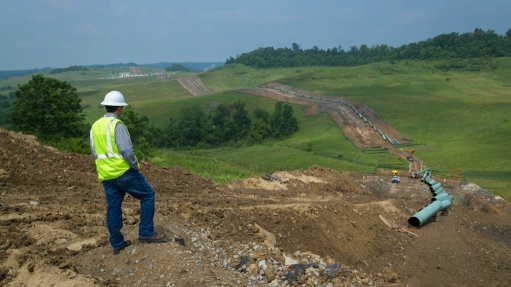Push for unified compensation system for mineworkers gaining traction

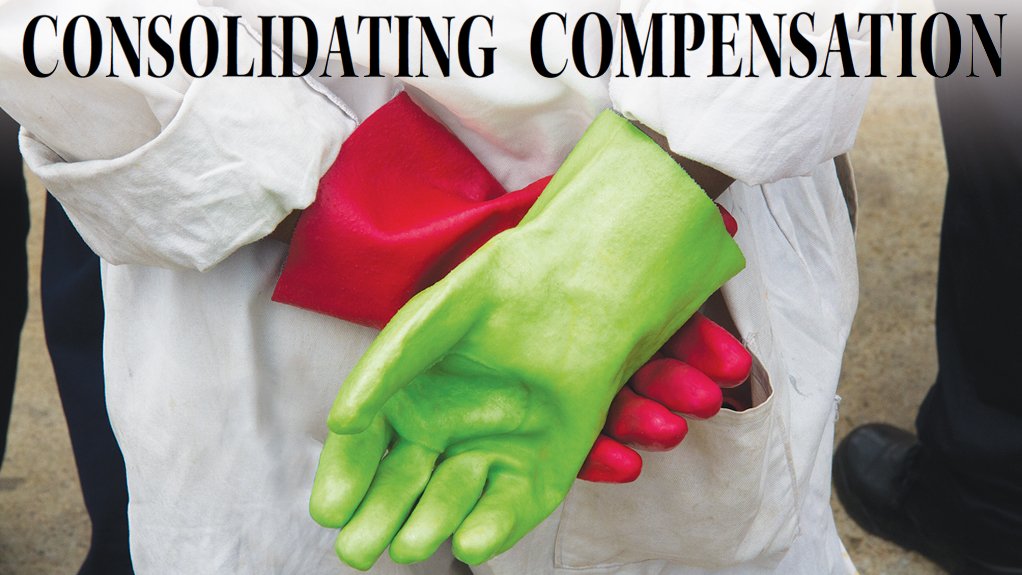

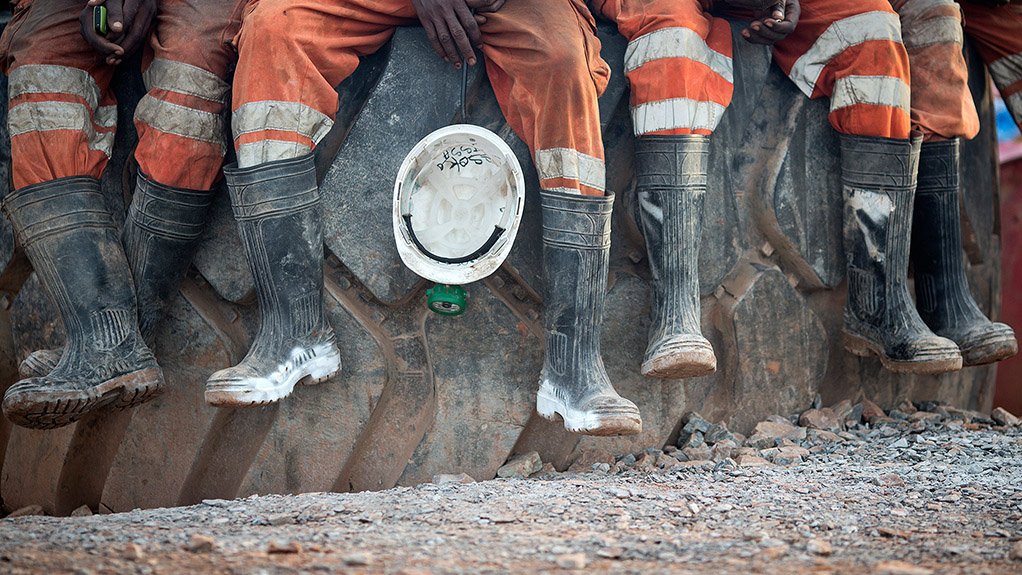
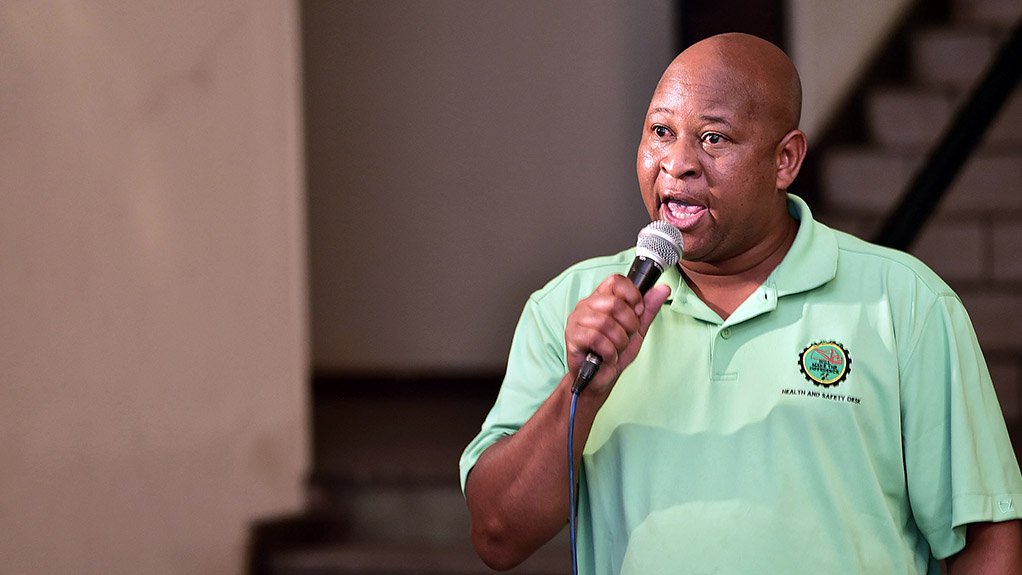
GODFREY OLIPHANT The Department of Labour calls on employers and trade unions to make their records available to enrich the master database
MINER RIGHTS Three government departments are working together to form a master database of current and former mineworkers
Photo by Bloomberg
The Association of Mineworkers and Construction Union (AMCU) national health and safety chairperson Gabriel Nkosi
With about R5-billion in pension, provident, unemployment insurance and compensation funds due to South Africa’s current and former mineworkers, the Deputy Ministers of Mineral Resources, Health and Labour are renewing their focus on the integration of various statutory systems, including those falling under the Occupational Diseases in Mines and Works Act (ODMWA) of 1973 and the Compensation for Occupational Injuries and Diseases Act (Coida) of 1993.
Deputy Mineral Resources Minister Godfrey Oliphant notes that, alongside this, the departments are developing a master database that comprises information on workers and former workers, which is currently “fragmented and deficient” in many areas, adding that substantial progress has been made.
“The Department of Health (DoH) is developing a database that covers health records on individuals’ payment information,” highlights Oliphant, a speaker at a recent workshop on the integration of compensation systems for occupational injuries and diseases in the country.
“To this end, I call on employers and trade unions to make their records available to enrich the master database,” he says, adding that other entities, such as Rand Mutual Assurance, the Federated Employers Mutual Assurance and the Unemployment Insurance Fund, should also assist in populating the master database, which helps with the surveillance of occupational diseases and injuries.
Further, Oliphant highlights that the three departments are setting out to increase the number of track-and-trace centres to find mineworkers who still need to be compensated for illnesses contracted and/or injuries sustained.
This includes the one-stop-shop (OSS) service centres that the Department of Labour (DoL) has, thus far, set up in Mthatha, in the Eastern Cape, and Carletonville, in the North West.
Through these centres, government could complete the verification of the 103 000 unpaid claimant files at the DoH compensation fund office. “People [have] already [been] paid; it has been going very slow,” Oliphant notes.
Of the 80 000 files verified for payment, almost half of the claims date back to before 2000. “It just shows you the level of backlogs that we had. The track-and-trace project, supported by gold mining companies, the Chamber of Mines (CoM) and the World Bank, will pay R1.5-billion in unpaid claims from the compensation fund to former mineworkers,” he adds.
Discussions are also under way between Rand Mutual and the DoL about the provision of rehabilitation services at OSS centres.
“We, as a collective, have addressed many meetings with ex-mineworkers and their calls have not fallen on deaf ears. We are crossing the length and breadth of the country, talking to ex-mineworkers,” Oliphant points out.
Sixty per cent of the claims verified by the compensation fund are related to tuberculosis (TB) and, hence, the DoH, the Department of Mineral Resources and the CoM have started a programme to screen all mineworkers for TB over the next three years, including identifying active cases and contact tracing.
Policy Change
Oliphant further highlights that the reformation of the ODMWA and its alignment to Coida need to be settled before year-end. “The initial timeframe that was given [was] 2017. This problem has been outstanding for many years. We need to finish it this year,” he asserts, adding that the “ball was dropped before”.
The core principles in the policy change need to see the unified compensation systems providing universal coverage. Oliphant believes that compensation legislation must cover workers and employers in all sectors of the economy and in all forms of employment.
“The co-rights and duties of employers and workers must be spelt out in legislation.”
The legislation also needs to prioritise and promote a culture of prevention of work- related injuries and illnesses, says Oliphant, adding that the renewed legislation needs to apply the polluter-must-pay principle.
“Employers who are responsible for accidents and diseases in their workplace must bear the costs, including the cost of medical treatment and compensation and rehabilitation.”
Another area that Oliphant wants to tackle is extending the legislation and service to former South African mineworkers living outside the country. “Apart from the large number of workers who are migrants from labour-sending areas, with the biggest being the Eastern Cape, about 30% of our [mine- workers] are migrants from countries such as Lesotho, Mozambique, Swaziland and Botswana.”
Union Input
Also at the workshop, hosted by the three departments, unions were invited to raise their concerns.
The Association of Mineworkers and Construction Union (AMCU) national health and safety chairperson Gabriel Nkosi called for a national conference to review the reform of the statutory compensation regime. “It should culminate in new legislation that establishes a unique tariff system of compensation, which covers all occupation- related injuries and disease fairly and equally.”
AMCU believes that the current legislative framework for compensation for occupational lung diseases, which includes Coida and the ODMWA, is unjust. “Compensation is determined [by] the degree of physical impairment, [which] discriminates against unskilled workers for whom contracting an occupational lung disease invariably results in the person being declared unfit for work and . . . incapacitated,” Nkosi states.
He further stresses that, irrespective of the degree of illness or injury, if one is incapacitated, one is then going to be listed with labour management services provider Teba. “Some of these workers recover fully afterwards, but they can’t [return to work] as they are listed as incapacitated. This is a challenge that business, government and organised labour need to look at.”
Dubbing the current compensation received by workers as “completely inadequate”, National Union of Metalworkers of South Africa health coordinator Puleng Mminele says that it does not approximate the actual loss or harm suffered by the worker.
He says that, currently, a lump sum of R47 000 is paid out to workers with lung disease, in accordance with the ODMWA, which “does not even cover a full year’s salary”, while workers with a lung capacity under 40% receive R105 000.
He notes that Coida was “a little better”, as workers falling in the 10% to 30% range received a one-off lump sum payment that was 10 to 15 times greater than the workers’ monthly salary, but that the minimum amount could be as little as R581.
He adds that the union was reluctant to commit itself to the review process, noting that the agenda of the departments was too ambitious.
“Proposals to address a problem that has developed over 100 years of neglect by the State and industry, involving tens of thousands of mineworkers, cannot be formulated at a two-day workshop.”
Comments
Press Office
Announcements
What's On
Subscribe to improve your user experience...
Option 1 (equivalent of R125 a month):
Receive a weekly copy of Creamer Media's Engineering News & Mining Weekly magazine
(print copy for those in South Africa and e-magazine for those outside of South Africa)
Receive daily email newsletters
Access to full search results
Access archive of magazine back copies
Access to Projects in Progress
Access to ONE Research Report of your choice in PDF format
Option 2 (equivalent of R375 a month):
All benefits from Option 1
PLUS
Access to Creamer Media's Research Channel Africa for ALL Research Reports, in PDF format, on various industrial and mining sectors
including Electricity; Water; Energy Transition; Hydrogen; Roads, Rail and Ports; Coal; Gold; Platinum; Battery Metals; etc.
Already a subscriber?
Forgotten your password?
Receive weekly copy of Creamer Media's Engineering News & Mining Weekly magazine (print copy for those in South Africa and e-magazine for those outside of South Africa)
➕
Recieve daily email newsletters
➕
Access to full search results
➕
Access archive of magazine back copies
➕
Access to Projects in Progress
➕
Access to ONE Research Report of your choice in PDF format
RESEARCH CHANNEL AFRICA
R4500 (equivalent of R375 a month)
SUBSCRIBEAll benefits from Option 1
➕
Access to Creamer Media's Research Channel Africa for ALL Research Reports on various industrial and mining sectors, in PDF format, including on:
Electricity
➕
Water
➕
Energy Transition
➕
Hydrogen
➕
Roads, Rail and Ports
➕
Coal
➕
Gold
➕
Platinum
➕
Battery Metals
➕
etc.
Receive all benefits from Option 1 or Option 2 delivered to numerous people at your company
➕
Multiple User names and Passwords for simultaneous log-ins
➕
Intranet integration access to all in your organisation










